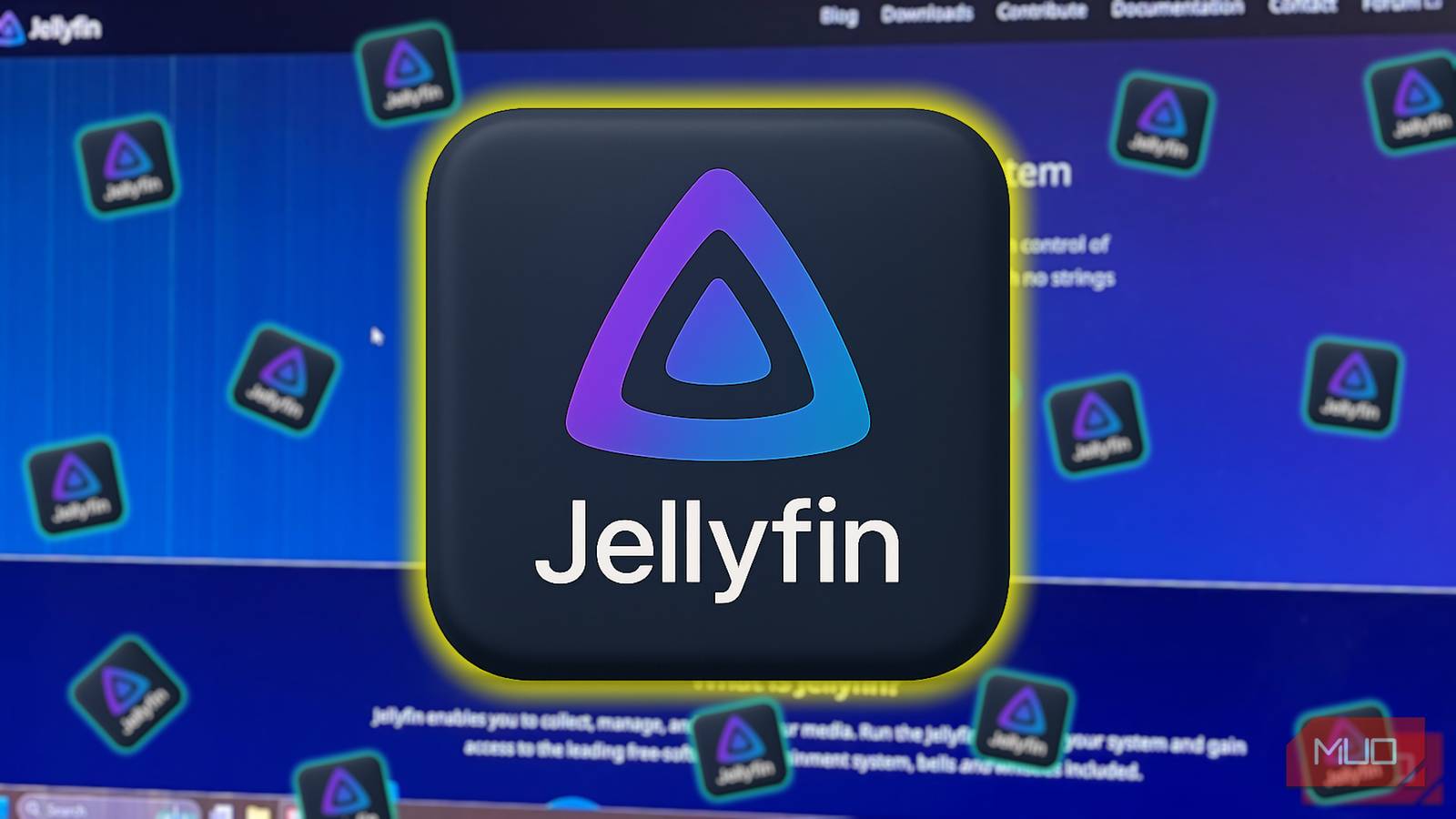In the history of care integration, few problems have been as pesky as behavioral health referrals from primary care. There are over 200,000 primary care physicians (PCPs) in the United States. Most see about 5-10 patients a day they believe would benefit from a referral to a therapist, yet the majority of PCPs claim they lack a reliable referral partner. This creates huge gaps in care – causing millions of patients each year to get stranded in their care journey because of a missed connection.
At Headway, we’d built the country’s largest in-network behavioral health provider group, and we set out to solve this problem – seeking to connect the millions of patients a year in search of a behavioral health referral, to high-quality, affordable care within our network.
Yet, the presence of a clear market gap does not mean the right product solution is always within plain sight.
Once we started customer discovery, we quickly learned how busy PCPs are. Many see over 25 patients a day, often staying late to scribble notes and update their systems. Our first instinct was to prioritize 2 things: (1) Make the referral process as easy as possible, and (2) Make sure each patient gets successfully connected to care. We quickly launched an “easy button” referral product, which got many PCPs really excited, onboarded, and starting to refer. Patients were getting connected to care, and everyone in the loop was happy. Until… PCPs suddenly stopped referring. As quickly as doctors onboarded onto our product, they churned. Our 30-day retention rate was 50% – even though the product was “working”. Patients were getting connected to care quickly, often getting matched with a great provider who met their needs, and yet, doctors were leaving our product behind in droves.
It wasn’t until we decided to pause product development entirely, and go back to our roots, spending hundreds of hours shadowing physicians all over again, that we started making sense of the chaos.
Lesson #1: Don’t be afraid to start with humans in the loop.
During one of our visits to a clinic in sunny New York City in the middle of the summer, we heard an innocuous phrase from an early pilot physician that changed our entire philosophy.
We were talking to the only PCP we’d met so far (of hundreds) who was satisfied with her existing behavioral health referral solution.
“I don’t really follow up on my referrals until I see them again… because I know Shaun, Jesse, and Rachel have their back.”
It wasn’t a referral system or technology she trusted. It was a group of people she knew by name. She’d been referring for years to a team of tight-knit social workers down the hall, whose laughter she recognized walking down the hallway – even though she had to fill out a paper referral form for each patient, and had no idea how many of these referrals were actually getting connected to care. That’s when it clicked. Doctors want to refer to other doctors, and the knowledge of that human relationship and accountability was far more important than even the metric of whether patients were getting connected to care successfully.
We needed to design a referral endpoint that had not just a human, but a human clinician as its face. We quickly stood up a model where we virtually embedded a real licensed clinical social worker (LCSW) into our PCP practices. This LCSW would act as clinical customer success manager—a real human to whom doctors could refer patients directly. The “Embedded LCSW” model was born.
This was our version of Y Combinator’s famous adage “Do things that don’t scale.” Conventional product wisdom would balk at the idea of basing the core attraction of our product on having a human in the loop. But as we would learn later, this not only wasn’t a problem, it would remain one of our core strengths at scale.
Lesson #2: Exploit high leverage touchpoints.
In the early days, our embedded LCSW would manually text patients after a referral. Results were… fine. Fewer than 30% of patients responded, which was par for the course of most medical referral outreach funnels, but we believed we could do better.
So we started experimenting.
We didn’t change the content of our outreach text. We didn’t tweak the timing either. Instead, we focused on upgrading the single most important touchpoint – an often underlooked moment in a patient’s referral journey: the moment a doctor introduces the referral opportunity to the patient.
We started asking doctors to say one line differently:
Instead of “I’m going to refer you to Headway,” they’d say, “John is going to reach out to you. He’s a therapist I work with and trust, and he’ll help you find the right provider for your needs.”
This one tweak doubled our response rates. Patients were hearing from a person their doctor knew and trusted, not a platform. And that changed everything – it introduced a sense of continuity, accountability, and human connection. Now, the same text message “Hi, this is John, and I’m a therapist that works with Dr. Smith” – became significantly more meaningful and engaging, and started us on the right footing with every patient. This is now a core part of every doctor’s onboarding flow to Headway today.
Lesson #3: Embrace transparency in automation.
As we scaled, it was no surprise that our human-driven flow became quickly overburdened. Response times started getting longer, and our now 2-person Embedded LCSW team was underwater – not a bad problem to have, but a painful one nonetheless. We started layering in automations, using a combination of
Our first instinct in designing these automations was to try to hide the very fact that these were automations. We did things like delay the first message by a random number of minutes to make it feel more “human” – after all, the human touch was the very foundation of the experience we wanted to build.
Despite our best efforts, we inevitably got a message from an exasperated patient previously seeking care for months:
“You’re not even a real human, are you?”
This was the first, but certainly would not be the last response of this nature we would receive from patients. Under a time crunch to response, we chose transparency and directness:
“We automate some messages to make sure you’re getting help as quickly as possible. But I’m John – a real human and therapist – and I’m here to help now!”
The patient’s tone softened immediately. They understood where we were coming from, and it became a trust-building moment.
That moment reshaped our design philosophy around automations – instead of hiding them, we embraced them, but made it clear a human was never more than a text away. Today, we choose an early touchpoint in the user journey to make these automations transparent, and simultaneously invest in making it even easier for humans to be pulled into the loop when appropriate.
Our journey towards product market fit wasn’t all smooth-sailing, but it did uncover core lessons about weaving automations and human presence together into an experience that resonates with both doctors and patients. Today, the “Embedded LCSW” model underpins Headway’s primary care referral solution nationwide. And its success—100% physician retention in our pilot and hundreds of patients reached, has helped set the foundation for what is today a nationwide footprint of Headway’s PCP referral program.









